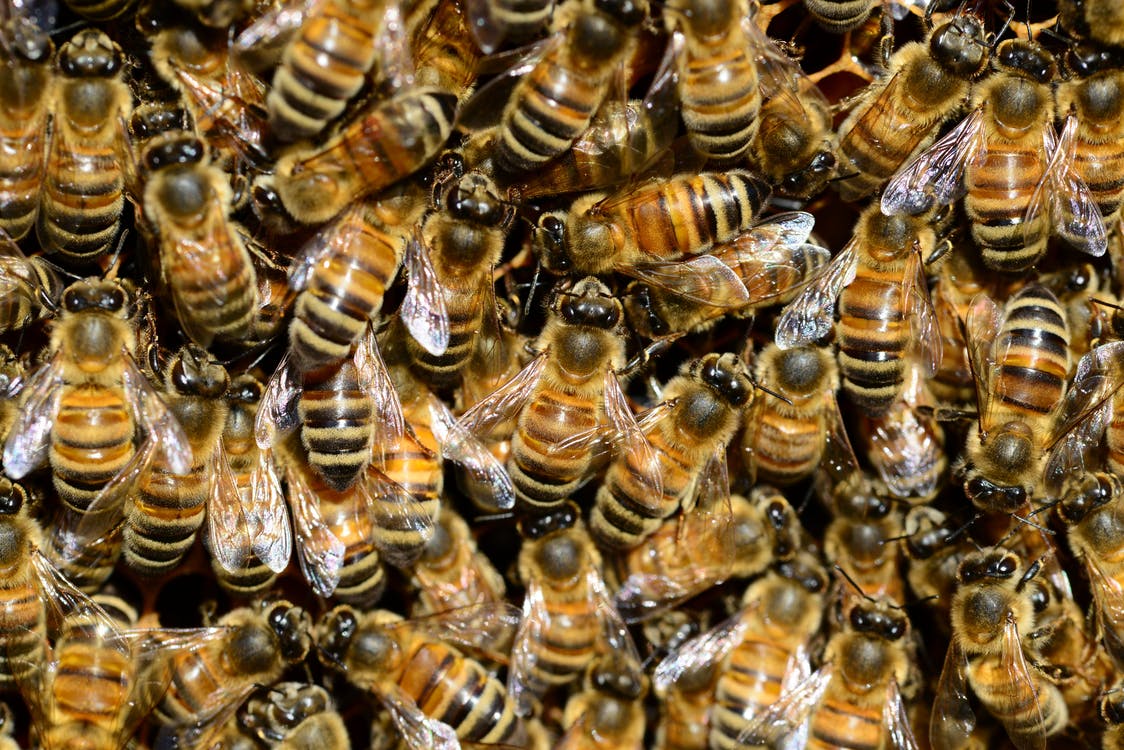When insects invade your farm it’s time to protect your assets and develop a pest management strategy. Part of this vision involves planning for sustainable agricultural practices. A growing number of farmers have looked for alternative methods to deal with insects beyond the use of dangerous chemicals. Here are seven essential farm jobs to follow in resolving your insect problem.
1. Develop a Pest Management Vocabulary
One of the best ways to accelerate in any field is to develop a vocabulary for it, which will help you understand techniques and processes better. When it comes to pest management you’ll need to understand nature’s ecosystem and where certain insects fall on the food chain. It’s important to learn the different types of insects and how they affect crops. You will further need to understand terms relating to biological control. Be sure to check out great options like Olathe pest control as well.
2. Identify Pests and their Predators
A parasite is an organism that resides in or on another species known as a host. A parasitoid is an insect that releases larvae which function as parasites, which then kill their hosts, such as other insects. One of the safest pest management systems is to practice biological control, which is the use of natural pest control elements such as parasitoids, predators and pathogens. Parasitoids are particularly useful agents against insect pests in agriculture.
3. Learn About Plants that Repel Enemies
The concept of conservation biological control involves human actions that help natural enemies of crop-consuming insects thrive. The use of flower strips distanced apart has been shown to be effective for managing habitat. Bright blooms are effective at killing or scaring off ticks and roaches.
Several different plants also work well as repellents against unwanted creatures. Lavender, for example, clears out fleas, moths and mosquitoes. The fragrance of lemongrass is another strong deterrent that insects such as mosquitoes do not want to be near. Animals that eat insects include frogs, lizards and birds. Insects may also be attacked by viruses, fungi and bacteria. Meanwhile, to contact expert professionals providing bird deterrent australia, check out the given link.
4. Focus on Soil Management
Part of what determines whether crops will be healthy is the condition of the soil they come from. The ideal soil for growing food encompasses a wide range of different organisms and microorganisms. Insects that help facilitate the growth of plants and their nutrients include ants, earthworms and ground beetles. Some of the
characteristics of healthy soil include ability to synthesize enzymes, suppress pathogens and store then drain water.
5. Understand Fertilizer Effects on Insects
Certain fertilizer practices can reduce pest damage, but plenty of studies indicate excessive use of nitrogen in plants attracts unwanted leaf-chewing insects. Organic fertilizer provides biological buffering and has been demonstrated to reduce the amount of infestations compared with conventional treatment. The main takeaway is that the type of fertilizer a farmer uses plays a big role in the type of insects that invade crops.
6. Develop an Ecological Pest Management Strategy
Once you have gathered insightful environmental knowledge, you can establish an ecological pest management strategy. The key is to integrate natural systems in your farming that support pest-fighting properties. At the core of this plan is crop management, in which you should only select crops that your climate supports for easy growth. Use of crop rotations is vital to this strategy.
Soil management is another important component of a pest management strategy, Monitoring the soil’s pH level, erosion and nutrients will help yield healthy conditions. Using biopesticides with low environmental impact should be considered as an alternative step toward reducing infestations. Pulling weeds, which can be comfortable homes for insects, is another step toward protecting your crops.
Your pest management strategy should be based on your climate. Mites, for example, are more likely to invade crops in dry conditions. Insect migration can be limited due to geographical boundaries such as large bodies of water.
7. Enhance Farm Efficiency
Ultimately, you can improve your farm by adopting more efficient and sustainable practices. One of the first steps in this direction is to cut waste. Paying attention to soil and water quality helps lead to better crops. Some of your environmental goals should be to minimize air, water and climate pollution. Promoting biodiversity will help broaden your capabilities and goals as a farmer.
Autobiography
Eric Reyes is a passionate thought leader having been featured in 50 distinguished online and offline platforms. His passion and knowledge in Finance and Business made him a sought after contributor providing valuable insights to his readers. You can find him reading a book and discussing current events in his spare time.

